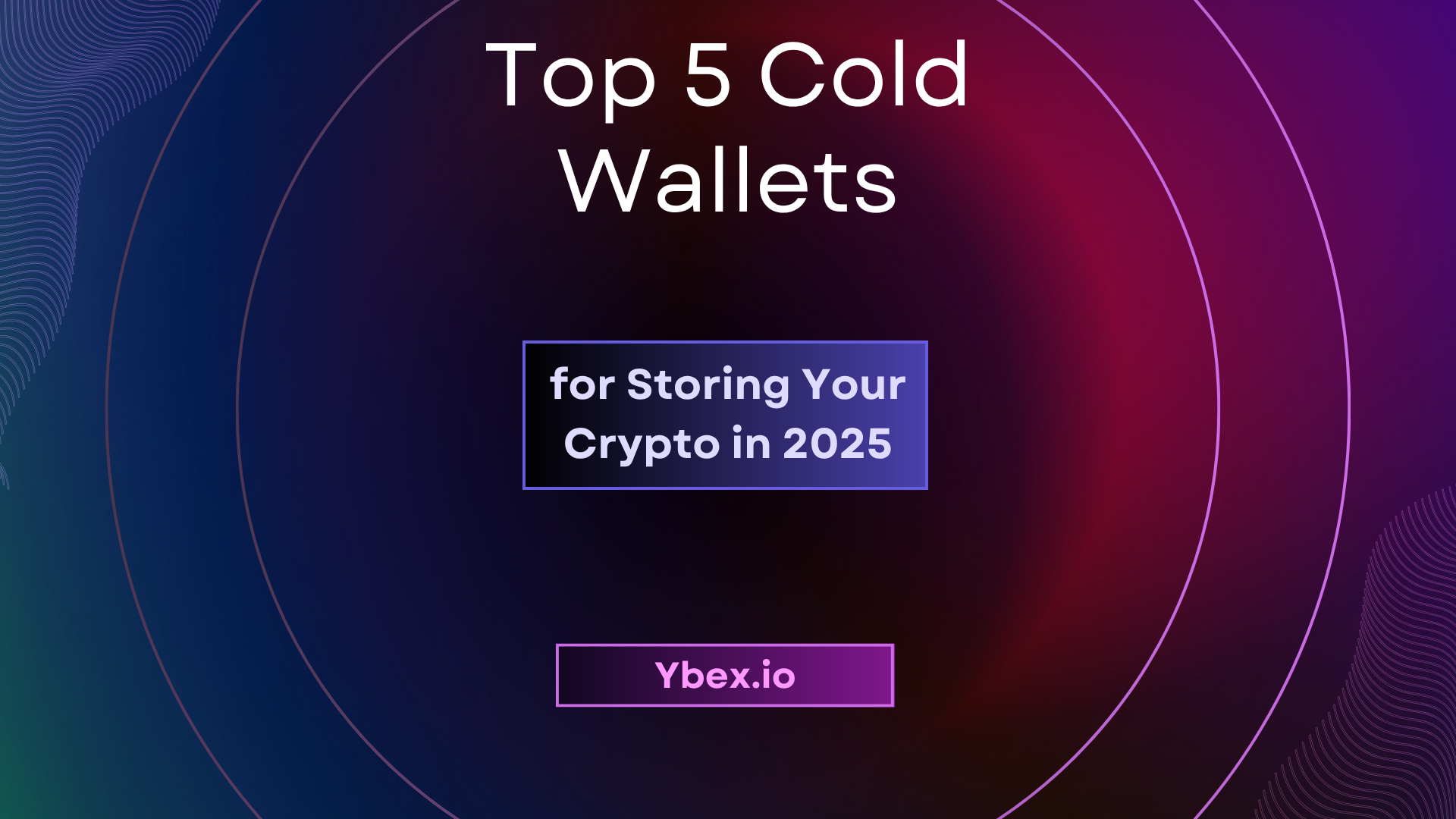
Self‑custody is back in style. After the 2024 exchange‑hack spree cost users nearly US $2 billion, cold‑storage sales skyrocketed. But not every metal‑cased gadget lives up to the hype. To help you sort marketing fluff from real security, we’ve ranked the five best cold wallets 2025 based on hardware design, firmware transparency, recovery options and user experience.
| Rank | Wallet | Best For | Starting Price |
| 1 | Ledger Stax | All‑rounder with luxury UX | US $279 |
| 2 | Trezor Safe 3 | Open‑source, beginner‑friendly | US $79 |
| 3 | Coldcard Mk4 | Hardcore Bitcoin maximalists | US $157 |
| 4 | Keystone 3 Pro | Air‑gapped multi‑chain users | US $169 |
| 5 | Blockstream Jade | Budget, fully open‑source option | US $64 |
1. Ledger Stax—Flagship Security Meets Smartphone UX
- Secure Element: CC EAL6+ chip—the same grade found in e‑passports.
- Signature Screen: Curved E‑Ink display shows the full transaction, reducing blind‑sign risk.
- Connectivity: USB‑C or Bluetooth 5; Qi wireless charging.
- Asset Support: 5,500+ coins, tokens and NFTs.
Why we like it: No other device combines premium materials, touch navigation and rock‑solid secure elements this well.
Downside: Closed‑source firmware means you must trust Ledger’s audits.
2. Trezor Safe 3—Open‑Source Meets Secure Element
- Chip: Adds a dedicated secure element while keeping bootloader, firmware and schematics public.
- Display: Simple monochrome but large enough for full‑address review.
- Backups: Shamir Secret Sharing splits seed into multiple shards.
- Coins: 9,000+ via Trezor Suite desktop/mobile.
Why we like it: Combines Trezor’s transparency ethos with hardware tamper resistance.
Downside: No Bluetooth or battery, so mobile users need an OTG cable.
3. Coldcard Mk4—The Bitcoin Fortress
- Dual Secure Elements: Two independent chips mitigate single‑point failure.
- True Air‑Gap: Sign PSBT files via micro‑SD; never connect to a PC.
- Trick PINs: Enter a decoy code to expose an empty wallet under duress.
- Firmware: Fully reproducible builds, source code audited by Bitcoin Core devs.
Why we like it: Unmatched for Bitcoin‑only users who value sovereignty above all.
Downside: BTC‑only; a steep learning curve for newcomers.
4. Keystone 3 Pro—Touchscreen, Triple‑Chip Air‑Gap
- Security Chips: First wallet with three secure elements in parallel.
- Air‑Gap via QR: 4‑inch touchscreen and QR scanning mean no USB needed.
- Ethereum & NFTs: EIP‑712 message display prevents blind approvals.
- Recovery: Fingerprint unlock plus micro‑SD encrypted backups.
Why we like it: Combines smartphone‑like UX with real offline safety—great for multi‑chain DeFi users.
Downside: Newer brand; smaller open‑source community than Trezor or Ledger.
5. Blockstream Jade—Budget‑Friendly and Fully Open
- Hardware: Built around an open‑source MCU; no closed silicon.
- Camera: Scan PSBT QR codes for air‑gapped signing.
- Liquid Support: Handles BTC plus Blockstream’s Liquid assets.
- Price: Under US $70, making it the cheapest name‑brand cold wallet.
Why we like it: Complete transparency at a wallet‑newbie price.
Downside: Lacks a dedicated secure element; relies on firmware hardening and open audits.
Frequently Asked Questions
What makes a wallet “cold”?
Keys stay offline except for momentary signing inside a tamper‑proof chip.
Can cold wallets be hacked?
Physical attacks are possible; choose a device with secure elements and always enable PIN + passphrase.
Do I need one if I use only a mobile wallet?
If you hold more than a month of salary in crypto, yes—software wallets on a phone are hot targets.
How do firmware updates work without internet?
Most brands offer signed firmware loaded via USB or micro‑SD; signatures are verified on‑device.
Final Thoughts
The best cold wallet for you hinges on threat model and budget. Ledger Stax leads for mass‑market security; Trezor Safe 3 wins for open‑source purists; Coldcard Mk4 is unbeatable for Bitcoin maximalists; Keystone 3 Pro strikes a balance for DeFi multi‑chain power users; and Blockstream Jade offers transparent security on a shoestring. Whichever you pick, practice secure backups—because in 2025, not your keys, not your coins is more than a slogan; it’s survival advice.